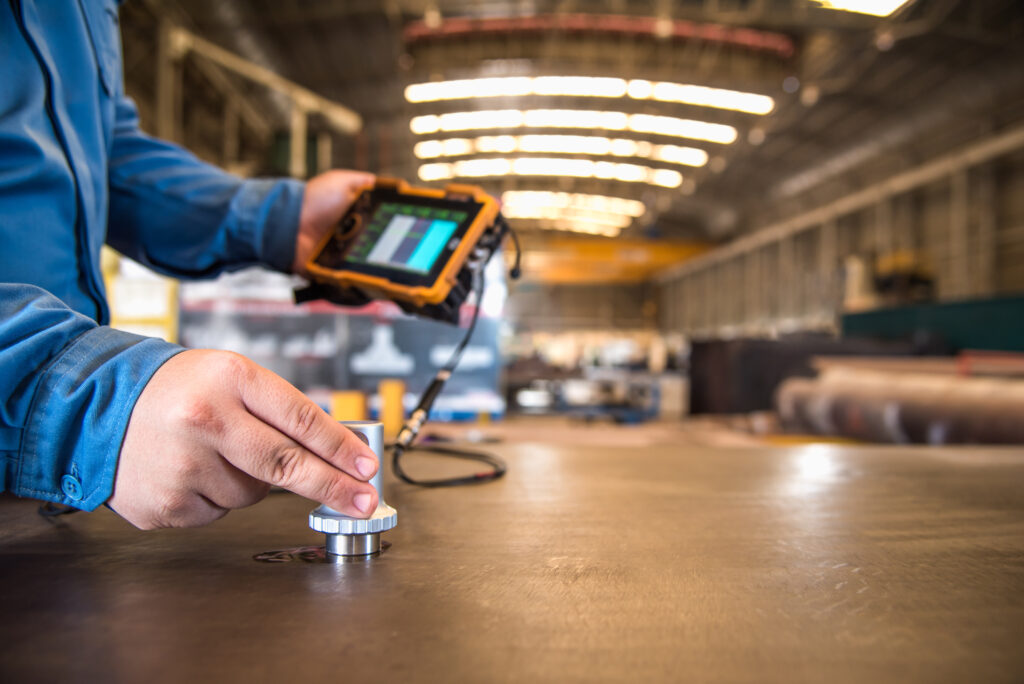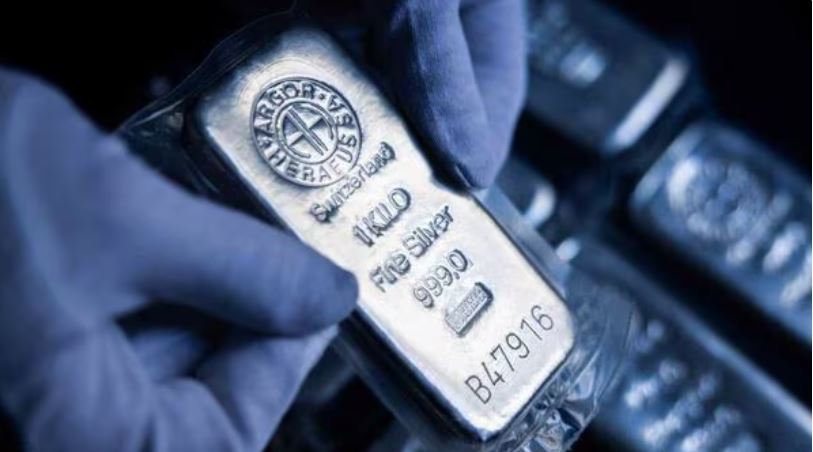Non-destructive testing, NDT for short, is basically the backbone of modern infrastructure diagnostics. Engineers use it to inspect the internal condition of bridges, aircraft, pipelines, you name it, without inflicting any damage. No cutting, no smashing, only precise, data-driven insight.
U.S. infrastructure is, frankly, old. We are talking about millions of miles of pipeline and bridges that have seen half a century or more. NDT is mission-critical here: it enables ongoing monitoring for corrosion, fatigue, and cracking, so maintenance teams can intervene before a small issue catapults into a catastrophic failure. It is not only important for safety but also huge for cost control, too. Therefore, the non-destructive testing market in the U.S. is projected to hit $9.5 billion by 2030, growing at a 9.2% CAGR.
Why’s NDT ramping up so hard in the U.S.?
First, aging assets. In the U.S., legacy infrastructure is omnipresent. For instance, the American Society of Civil Engineers notes that over 40% of U.S. bridges are over 50 years old, meaning regular NDT inspections are essential to maintain public safety. NDT offers a proactive approach for asset integrity, that is, spotting trouble way before it goes critical.
Second, compliance is non-negotiable. OSHA, DOT, and PHMSA, all the regulatory organizations, demand rigorous inspection and documentation. Oil & gas, aerospace, and power generation industries are strictly required to comply with the regulations.
The technology is also accelerating. Phased array ultrasonics, digital radiography, and AI-driven image analytics are now field-proven tools. Modern systems can scan faster, see deeper, and flag microscopic flaws that older technologies would miss. That is a leap in reliability.
Predictive maintenance is another game-changer. With IoT sensors feeding real-time data and AI crunching the numbers, maintenance is shifting from reactive to predictive. Failures get forecast, not discovered after the fact.
Aerospace, EVs, and renewables are all expanding fast. Every new jet engine, battery pack, or turbine blade gets a comprehensive NDT check before it ever enters service. No exceptions.
Latest Trends
Robotics and drones are at the front lines now. Inspection bots crawl tanks, climb stacks, or survey hard-to-reach assets, collecting data and reducing human risk. Boston Dynamics’ Spot robot, for instance, can be outfitted with ultrasonic or thermal NDT modules to inspect industrial installations autonomously.
AI’s role is only growing. Machine learning algorithms now analyze ultrasonic, X-ray, and eddy-current data faster and more accurately than human inspectors. Platforms from Mistras Group, Baker Hughes, and others push digital analytics to predict asset health and optimize maintenance intervals.
Visualization technology is also taking off. AR and digital twins allow teams to remotely inspect 3D models of complex assets, zooming in on potential defects without ever stepping on-site. It is a win for efficiency and accuracy.
IoT integration brings it all together. Connected sensors deliver continuous monitoring; if a vibration or temperature spike appears, it triggers an automatic NDT scan. There is no guesswork; just hard data driving decisions.
Advanced Portable Equipment: Hand-held NDT tools are rapidly improving. The industry favors portable ultrasonic scanners due to their ease of use and accuracy. Modern phased-array ultrasonic devices, for instance, from Olympus, Waygate/Baker Hughes, can generate detailed 3D images of flaws in real time.
The Road Ahead
The U.S. NDT industry is on a strong upward trajectory. Demand from sectors like energy, aerospace, and infrastructure will remain high. Aging assets, regulatory focus, and the rise of predictive maintenance ensure continued reliance on both NDT equipment manufacturers in the USA and specialized service firms. Meanwhile, innovations like robotics, AI analytics, AR/digital-twin inspections, and IoT-enabled monitoring promise to accelerate inspection capabilities. By adopting these advanced NDT technologies, U.S. companies can improve asset reliability while reducing downtime and costs.
















